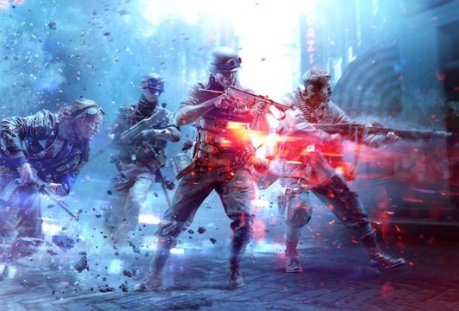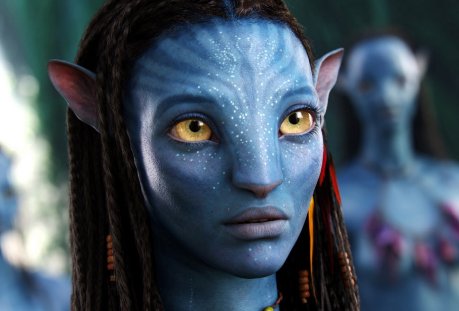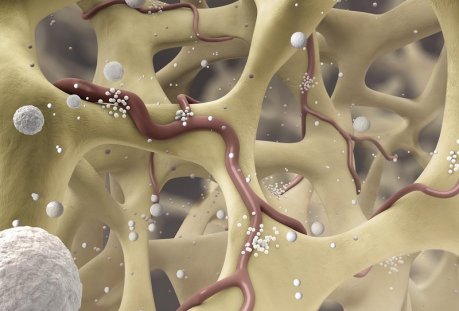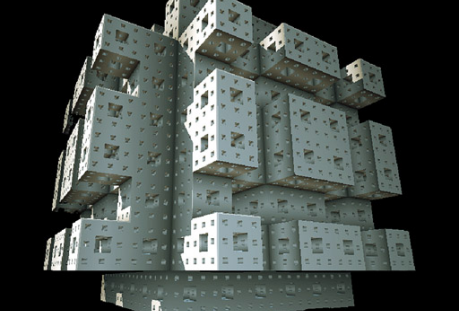Graphics
Universiteit Utrecht - Information and Computing Sciences
academic year 2018/19 – 4th period
 |
 |
 |
GraphicsUniversiteit Utrecht - Information and Computing Sciencesacademic year 2018/19 – 4th period |
|||
|
Navigation |
||||||||
|
|
||||||||
News |
|
Recent news July 15:
|
Course Overview
|

Course: "Graphics" is an introductory course about computer graphics. Computer graphics deals with the algorithmic processing of visual (images) and spatial (geometry) data. The course will focus on the very basics of modeling and rendering, i.e., the mathematical description of three-dimensional scenes and how to create (realistic) images of such models. Rendering Algorithms: We have several
options to convert the mathematical representation of a
virtual world into a digital image. Modern games typically
rely on the z-buffer algorithm. An alternative approach is
ray tracing. In this course we will explore both methods.
Ray tracing allows us to produce 'correct' images;
rasterization lets us approximate this in real-time. Math: An important aspect of computer graphics is the use of mathematics. This course provides a short coverage of the mathematical basics needed for rendering. We will introduce fundamental concepts of linear algebra and other areas of higher mathematics that are important far beyond the field of graphics. The language for this course will be English. The official schedule for this course is
available on Osiris.
Official course information via www.cs.uu.nl.
And here is a list of participants. |
Lecture
|
|
Topics
|
|
|
|
|
The list is intended to give a rough orientation; topics might still be subject to change, and additional aspects might be covered. |
Lecture Slides & Recommended
Readings
|
|
Below is a list of all lectures
with a very brief summary of the topics, slides downloads,
and recommended readings to prepare for the lecture. |
|
|
|||||||
|
|
|||||||
| Midterm
Exam Thu, May 16 |
|
|
|
|
|
|
|
| Final Exam Thu, June 27 |
|
Final Exam: Thu June 27, 13:30-16:30, in EDUC-GAMMA. |
| Retake Exam Thu, July 11 |
|
Retake Exam: Thu
July 11, 13:30-16:30, in EDUC-GAMMA. |
Course Schedule
|
||||||||||||||||||||||||||||||||||||||||||||||||||||||||||||||||||||||||||||||||||||||||||||||||||||||||||||||||||||||||||||||||
|
Period 4 Schedule
|
||||||||||||||||||||||||||||||||||||||||||||||||||||||||||||||||||||||||||||||||||||||||||||||||||||||||||||||||||||||||||||||||
Tutorials
|
|
Overview During the course we will hand out tutorial sheets.
Assignment Sheets / Downloads Sheet 2: Vector algebra (continued), primitives and projections in 2D, and: solutions. Sheet 3: Shapes in 3D, (hyper) planes and the cross product, and: solutions. Sheet 4: Primitives (continued) and projections in 3D, and: solutions. Both v2. Sheet 5 (v2): Matrices and introduction to transformations, and: solutions. Sheet 6: Matrix Reloaded 1 - Transformations, and: solutions. Sheet 7: Matrix Reloaded 2 - Viewing Transformations, and: solutions. |
Tutorials & Practicals
|
|
MATH TUtorials During the course we will hand out tutorial sheets.
Assignment Sheets / Downloads Will be made available during the course.PRACTICAL ASSIGNMENTS There will be three practical assignments, covering
traditional rasterization algorithms, shaders and ray
tracing. The first assignment will be online on Tuesday,
April 23. We recommend that you start working on it right
away. Practicals tutorial/consultation hours After each lecture, teaching assistants will be present in various rooms to help you with the mathematics and practicals. Please see the schedule for a list of available rooms for each week. Important Rules Because of the large group of students taking this
lecture, we need strict rules to keep everything
manageable.
|
|
Exam & Grading
|
|
GRADING Programming assignments: There will be three programming assignments throughout the course. The final grading P for your programming assignments is calculated as follows: P=0.2*P1+0.4*P2+0.4*P3. P must be at least 5.0 (before rounding) to pass the course. Exams: There will be a midterm exam T1
and a final exam T2. The final grading T for your exams is
calculated as follows: T = 0.3*T1 + 0.7*T2. T must be at
least 5.0 (before rounding) to pass the course. Final grade: If both T (= the grade for
the written exams) and P (= the programming grade) are at
least 5.0, the final grade for the course is (T + P) / 2.
Your final grade must be at least 6 (after rounding) to
pass the course. RETAKES AND REQUIREMENTS If you did not pass the course but your final
grade for the course is at least 4.0 (before
rounding), you are entitled to participate in a retake.
This can either be a retake assignment or a retake
exam. Retake (exam) T3: This exam will
cover all lectures and tutorials. The
result from your retake exam T3 will replace Retake (practicals): There will be one retake assignment that can replace either P2 or P3 if it improves your final grade. The topic for the retake assignment is decided on individually. To get your assignment and related deadlines, contact the instructor. Exceptions: Exceptions to these rules in
principle always require involvement of the study coach. Results To be released.
|
Literature & Links
|
|
Textbook:
Additional resources for the practicals: Resources that might be helpful:
Web references:
|
News Archive
|
|
Old posts June 28:
June 17:
June 11:
May 24:
May 23:
May 20:
May 16:
May 15:
May 14:
May 13:
May 9:
May 8:
May 6:
Apr 30:
Apr 25:
Feb 26:
|